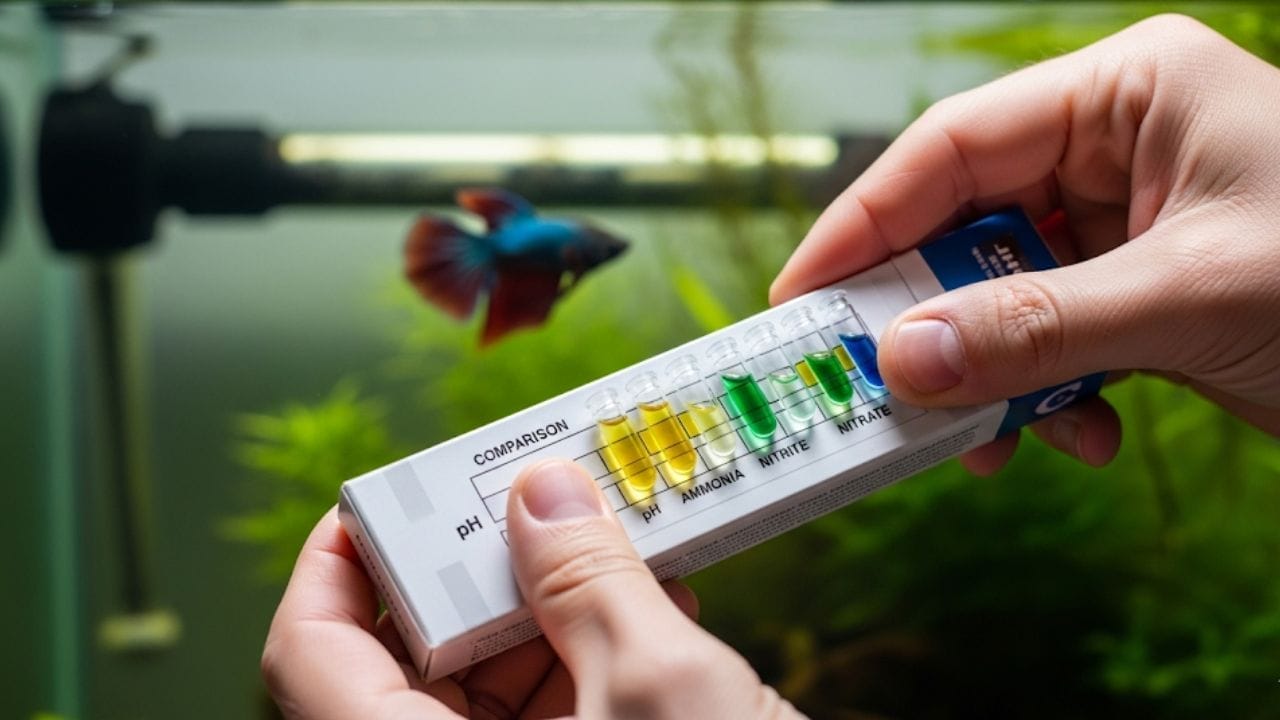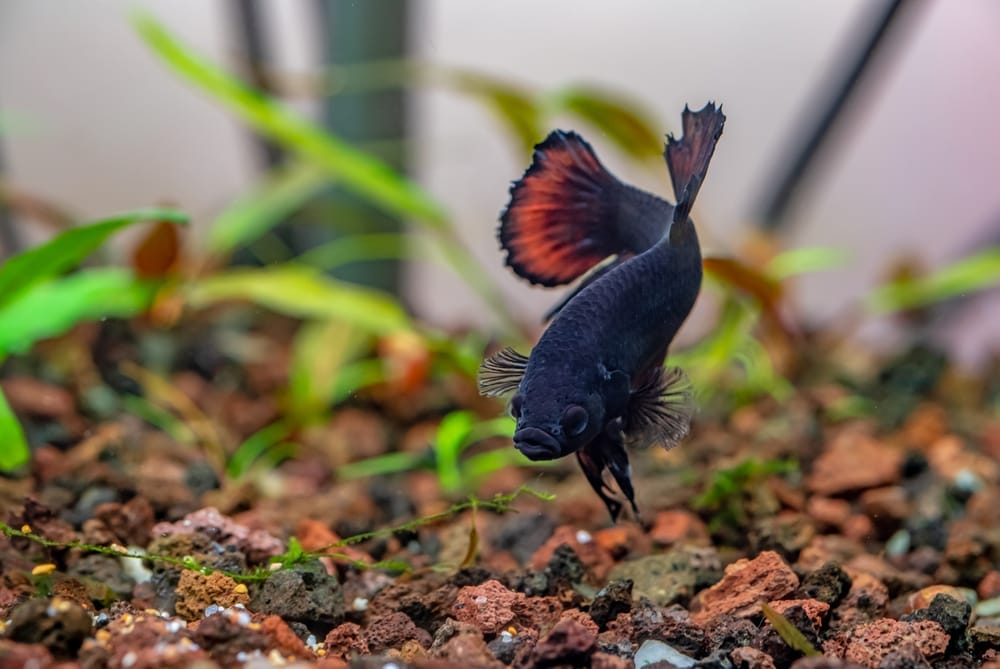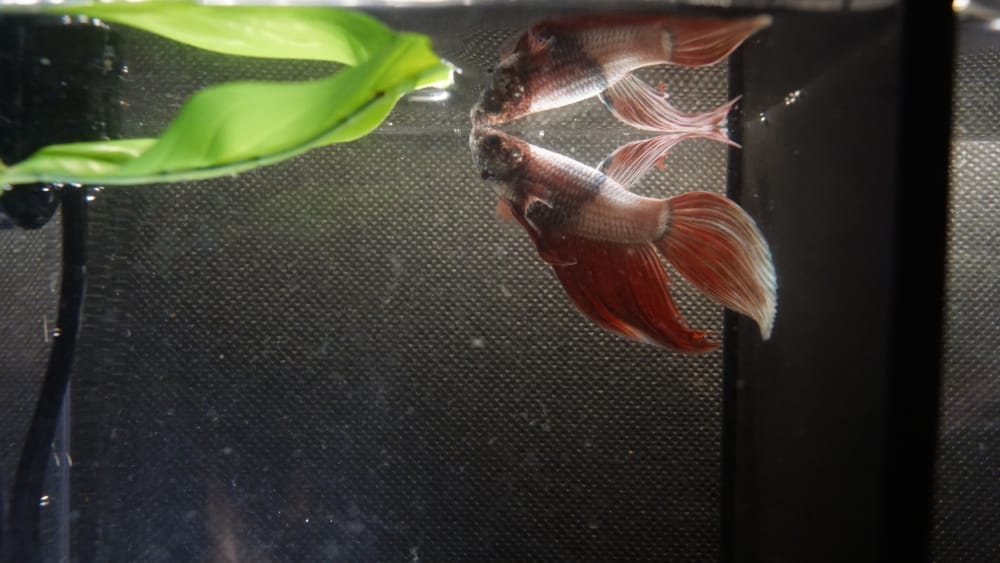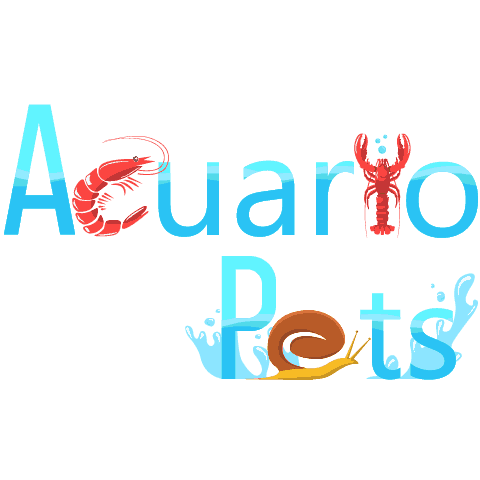This post was created with help from AI tools and carefully reviewed by a human (Muntaseer Rahman) . For more on how we use AI on this site, check out our Editorial Policy.
Check Out These FREE Tools We Made JUST For You!
How to Handle Ammonia Spikes in Your Betta Tank

Picture this: you walk over to check on your beautiful betta, and instead of their usual sassy greeting, they’re hanging out at the bottom of the tank looking like they just got hit by a truck.
You grab your test kit (because you’re a responsible fish parent), and boom – ammonia levels are through the roof.
Welcome to every betta owner’s worst nightmare: the dreaded ammonia spike.
What Is Ammonia and Why Should You Care?
Ammonia is basically fish pee and poop in chemical form.
Your betta expels ammonia through their gills, urine, and feces as part of their natural metabolism, and it also builds up when uneaten food and dead plants decompose in your tank.
Here’s the kicker: when ammonia levels are high in the water, it makes it challenging for fish to get rid of the ammonia in their bodies.
It’s like trying to breathe in a room full of toxic gas – not exactly pleasant.
The Plot Twist About Betta Ammonia Tolerance
Now here’s where things get interesting, and I’m about to blow your mind.
A groundbreaking 2023 study on Betta splendens found that 50% of bettas survived ammonia concentrations as high as 7.7 ppm, while most other fish would be belly-up at half that level.
Bettas begin showing mild stress when ammonia levels reach 2 to 4 ppm, but deaths don’t occur until levels hit 4 to 5 ppm.
To put this in perspective, neon tetras start freaking out at just 0.5 ppm!

Why Bettas Are Tougher Than You Think
Your betta has a secret weapon that most fish don’t: the labyrinth organ.
This specialized structure allows them to gulp air directly from the surface, bypassing their gills when necessary.
Think of it like having a backup oxygen tank when the main supply gets compromised.
Since ammonia primarily damages a fish’s gills, bettas can still breathe just fine at the water’s surface even when their gills take a hit.
It’s like nature gave them a built-in safety net for surviving in crappy water conditions.
How to Spot Ammonia Poisoning in Your Betta
The Obvious Signs
Fish afflicted by ammonia poisoning tend to gasp at the water’s surface in a more frantic manner than normal.
Symptoms include staying at the tank bottom, reduced activity, lethargy, and loss of appetite.
Bettas poisoned by ammonia may also swim in darting movements.
The Less Obvious Signs
Your usually social betta suddenly becomes a hermit, hiding in decorations and avoiding you like you owe them money.
In severe cases, you might notice completely blackened gills, which is basically your betta’s way of saying “Help, I’m dying!”
The most concerning sign? The most common sign of ammonia toxicity is sudden death, especially in larger fish.

What Causes Ammonia Spikes?
The Usual Suspects
Tank cleaning gone wrong: Full tank cleanings that remove filter media and beneficial bacteria can cause the nitrogen cycle to restart.
Overfeeding: More food equals more waste equals more ammonia. It’s fish math 101.
Dead stuff: A dead snail can cause an ammonia spike because decomposing organic matter is an ammonia factory.
Too many fish: Overcrowding means excess waste and uneaten food that cause problems in the tank’s ecosystem.
The Sneaky Causes
New tank syndrome: This occurs when biological filtration isn’t established yet and can last 4-6 weeks.
Filter maintenance mistakes: Replacing filter media eliminates bacterial colonies and causes ammonia spikes.
Temperature and pH: Ammonia is more toxic at higher temperatures and when pH levels are above 7.0.
Emergency Action Plan for Ammonia Spikes
Step 1: Stop Feeding (Yes, Really)
If you have detectable levels of ammonia, stop feeding while you address the problem – a betta can skip food for a few days without harm.
Think of it as putting your fish on a temporary cleanse while you fix their living situation.
Step 2: Water Changes (But Don’t Go Crazy)
Remove no more than 50% of the total volume and add fresh, treated tap water.
A 50% water change will decrease ammonia levels by 50% – so if you’re at 2.0 mg/L, you’ll drop to 1.0 mg/L.
Pro tip: That 1.0 mg/L is still toxic, so you’ll need another water change the next day.
Step 3: Add a Water Conditioner
Use Seachem Prime at 2 drops per gallon daily – it binds ammonia and converts it to a non-toxic form for 24-48 hours.
It’s like giving your fish a temporary shield while you sort out the bigger problem.
Step 4: Consider Aquarium Salt
Add aquarium salt at 1 teaspoon per gallon of water – add it only once as it helps boost immunity.
This can help your betta cope with the stress of ammonia toxicity.
Step 5: Increase Oxygenation
Add an airstone for more oxygenation since ammonia can injure the gills.
More oxygen = easier breathing for your struggling betta.

Treatment and Recovery
What Actually Works
Clean water is king: The best treatment for ammonia toxicity is clean water.
Patience: Sometimes fish can gradually heal from ammonia damage, but other times they can’t – ammonia can be fatal even weeks after it’s no longer in the water.
Monitoring: Test water daily to make sure ammonia and nitrites stay down.
Advanced Treatment Options
For severe cases, some aquarists swear by methylene blue treatments.
Methylene blue detoxifies methemoglobin (the poisoning from ammonia) and breaks it down to hemoglobin, allowing blood to carry more oxygen.
However, this requires separating your betta and is more of a last-resort option.
Prevention: The Best Medicine
Maintain Your Biological Filter
Never replace all filter media at once: Clean filter media by gently rinsing in tank water from your water changes – never use hot or chlorinated tap water.
Your filter sponge should smell funky and look gross – that’s the smell of success!
Test Regularly
Test ammonia levels once a week and immediately if you notice any fish acting sick.
Acceptable ammonia levels: All ammonia levels should be 0.1 mg/L (ppm) or lower.
Smart Tank Management
Add live plants: Live plants help maintain the aquarium environment by absorbing ammonia and nitrates.
Don’t overfeed: Overfeeding causes fish to release more ammonia.
Maintain proper temperature: Lower water temperatures make ammonia less toxic.
When to Panic (And When Not To)
Don’t Panic If:
- Your ammonia reading is 0.25 ppm or lower
- Your betta is still eating and swimming normally
- You catch the spike early and can address it quickly
Do Panic If:
- Ammonia is 1 ppm with a pH of 8.4 – this is highly toxic
- Your betta is gasping at the surface constantly
- Your fish stops eating – this is a bad sign
The Reality Check
Here’s the honest truth: there is no cure for ammonia poisoning.
Ammonia causes internal injury and can burn the gills, making breathing difficult, or cause kidney or liver failure.
But don’t despair – bettas are survivors, and with quick action and proper care, many fish do recover completely.
Your Action Plan Moving Forward
Daily during crisis: Test water, dose Prime, monitor your betta’s behavior.
Weekly maintenance: Test ammonia levels, clean filter gently, do small water changes.
Monthly check-ups: Deep clean decorations, trim plants, check equipment.
Remember, ammonia spikes happen to even experienced fish keepers.
The key is catching them early and responding quickly – your betta is counting on you to be their water quality superhero.
Bottom line: While ammonia spikes are scary, they’re completely manageable with the right knowledge and quick action. Your betta is tougher than you think, and with proper care, they’ll be back to their sassy, fin-flaring selves in no time.
About Author
Hello, I’m Muntaseer Rahman, the owner of AcuarioPets.com. I’m passionate about aquarium pets like shrimps, snails, crabs, and crayfish. I’ve created this website to share my expertise and help you provide better care for these amazing pets.
Disclaimer
This site is owned and operated by Muntaseer Rahman. AcuarioPets.com is a participant in the Amazon Services LLC Associates Program, an affiliate advertising program designed to provide a means for sites to earn advertising fees by advertising and linking to Amazon.com. This site also participates in other affiliate programs and is compensated for referring traffic and business to these companies.

